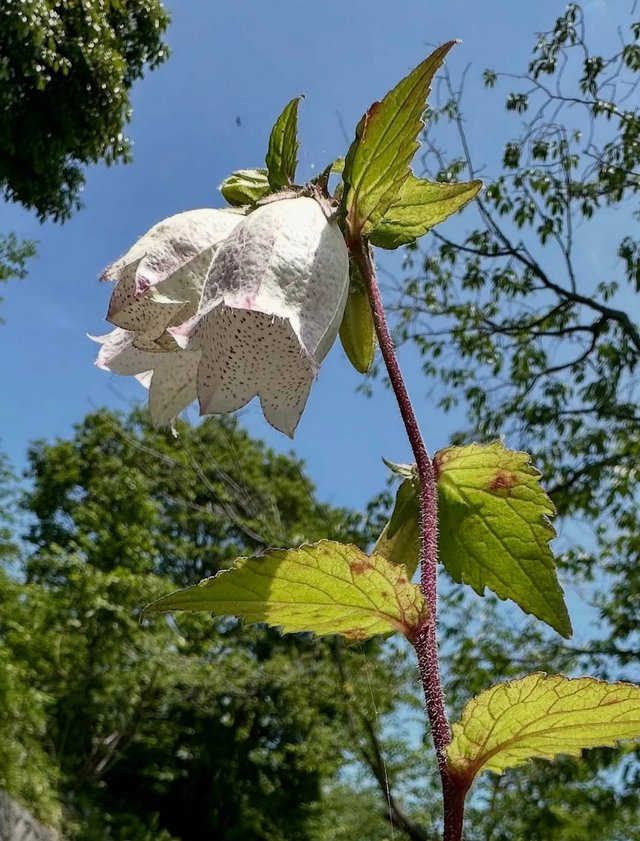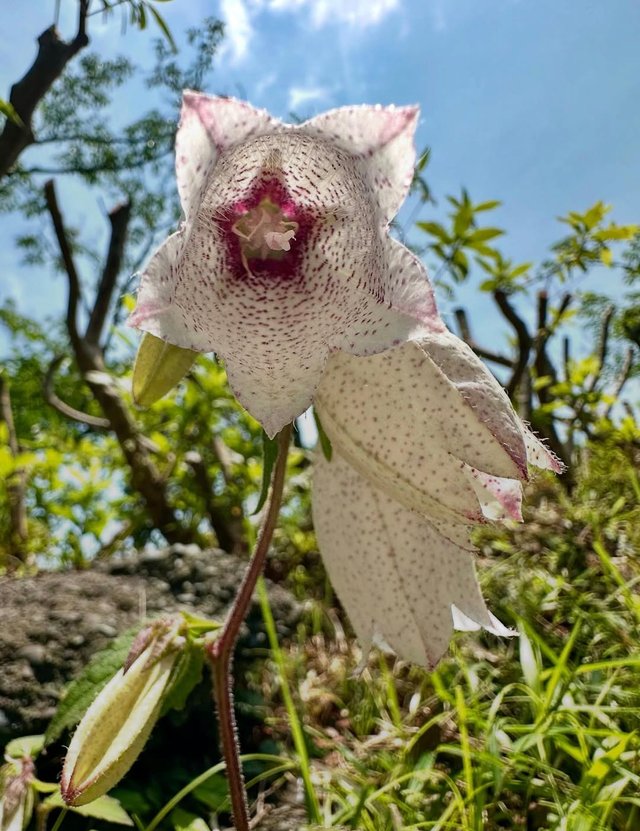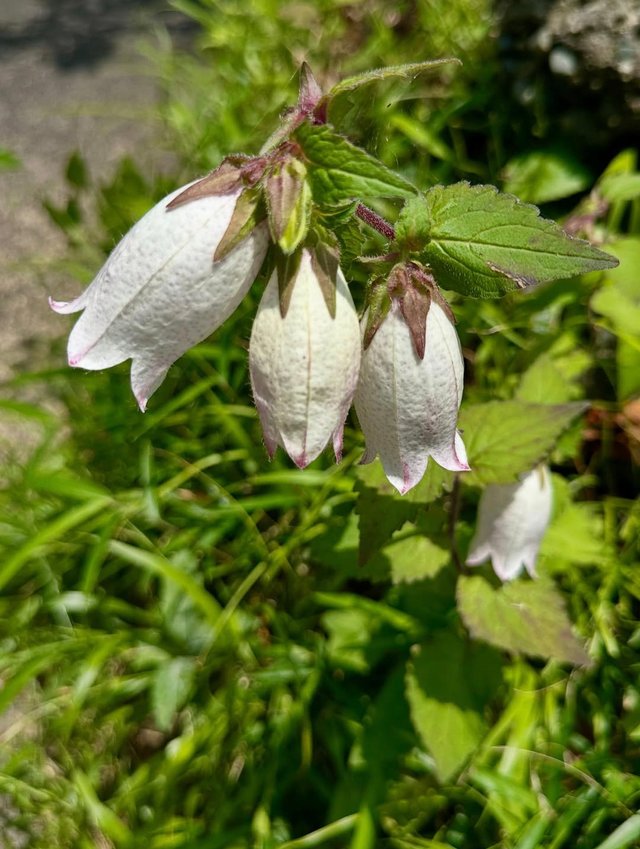Nomocharis Flower
Among the treasures hidden in the misty slopes of the Eastern Himalayas and the borderlands of Tibet, Myanmar, and China lies a genus of flowers that even seasoned botanists regard as mystical and rare—Nomocharis. Delicate yet bold, elusive yet radiant, the Nomocharis flower is a botanical gem that has fascinated plant hunters, gardeners, and nature lovers for over a century.The name Nomocharis derives from Greek, loosely meaning "pasture beauty" or "meadow grace." This aptly describes its graceful appearance and the remote, wild habitats where it thrives.Some experts now place Nomocharis within the broader genus Lilium, citing genetic similarities. But many still cherish the distinct identity of this genus, especially for its unique morphology and ecological niche.
At first glance, Nomocharis flowers look like miniature, more delicate cousins of lilies or even poppies. The blooms are wide and flat-faced, often held horizontally or even nodding slightly downward. What sets them apart is their unusual floral architecture—six broad, overlapping petals that often appear in soft, shimmering shades of pink, mauve, rose, or even pale yellow. Many species feature striking spots or freckles that seem to dance across the petals.Though they may look fragile, these plants are survivors, adapted to cool, damp, and high-altitude environments between 2,000 and 4,000 meters.
Nomocharis flowers grow naturally in alpine meadows, forest edges, and moist subalpine thickets of southwestern China, especially Yunnan and Sichuan, as well as parts of northern Myanmar and eastern Tibet. Their ecological preference for cool summers, high humidity, and excellent drainage makes them difficult to cultivate outside of their native range.Even in botanical gardens, successful cultivation is rare and usually confined to temperate zones or alpine greenhouses. However, their elusive charm continues to draw in plant enthusiasts who relish the challenge of growing something so exceptional.




